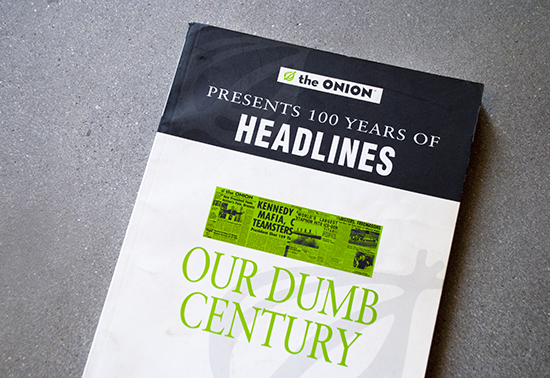
BMW will soon bring to market the third generation of the reincarnated version of Alec Issigonis’s iconic Mini. An innovative and transformative piece of automotive design and engineering, the Mini was introduced in Britain in the late ‘50s and revolutionized car design for the next half-century. As a brief owner of a 1974 Mini 850 while living in London in the late ‘70s, I’ve always had a soft spot for this amazing piece of automotive history. My Mini was a goose doodoo green, which I doubt is the official description of the factory color. As a designer, selecting my dream version of this iconic product boils down to the color or finish, the same as with any product rich in history and tradition. For me, when it comes to a Mini, it comes down to three options. The first option that comes to mind is the traditional red and white roof color scheme from the famous Monte Carlo Rally winning cars of the mid ‘60s. The second option, for the purists, is British Racing Green, a color adopted by the British racing teams in the early 1900s as a nod to the Irish, who allowed automobile racing before the English. And lastly, the third option is to ignore tradition and pick any color you like.
Another couple of favorite design products of mine are the Alto Lounge Chair 400, with the classic zebra upholstery and a natural bentwood finish, and the Eames Lounge Chair and Ottoman, with the black leather and a walnut finish. Is it just that I am a traditionalist? Or is it that I am so familiar with an iconic design, having seen it time and time again, that I just can’t imagine them any other way? Or could it be that these finishes represent the preferred intent of the original designer, who didn’t plan to offer their product in the countless varieties that are sometimes available today?
When it comes to architecture, color has a long and storied past. During the early Christian era, colors had symbolic meanings to help the great unwashed, who were largely illiterate, to better understand the iconographic symbols used in churches and cathedrals. A few of these meanings are still with us today, though some have become removed from their original religious context.
For example:
White = Purity (or, perhaps, an Apple product?)
Black = Death (or someone who thinks they are a designer, usually from New York. I, for one, am going for the Illya Kuryakin look when I dress in black, you know, Agent Napoleon Solo’s sidekick?)
Yellow = Renewal
Red = Holy Spirit (The original meaning of both yellow and red may have become diluted by the symbolic golden arches of McDonald’s, and fast food restaurants in general.)
Brown = Humility (but who now would think that painting a wall brown is making a statement about humility?)
Cultures have ascribed specific meanings to various colors, which carried a certain amount of importance to those in the know. Others got lost over time; we just didn’t appreciate the significance or maybe even care at all. A rich history of iconography exists as part of our varied cultures, new and old. Our lives are full of symbolic representations, some understood, many ignored. However, in our present culture, which is changing at an ever-faster rate, are these values important anymore beyond recognizing certain market brands? Does it matter if you paint your Mini red and have no idea what the Monte Carlo Rally is? Can you put pink leather and white oak on an Eames chair? Or is that sacrilege? Is it okay to be ignorant of history and tradition and select whatever color or finish you fancy? Can there be too much conflicting precedent, or has the complexity of our culture made it all too confusing? In the end, was Henry Ford correct when he said, ‘History is more or less bunk’?
However, without the context provided by history and tradition, how do we define ourselves, culturally? Can you make informed, meaningful design decisions in a cultural vacuum?


